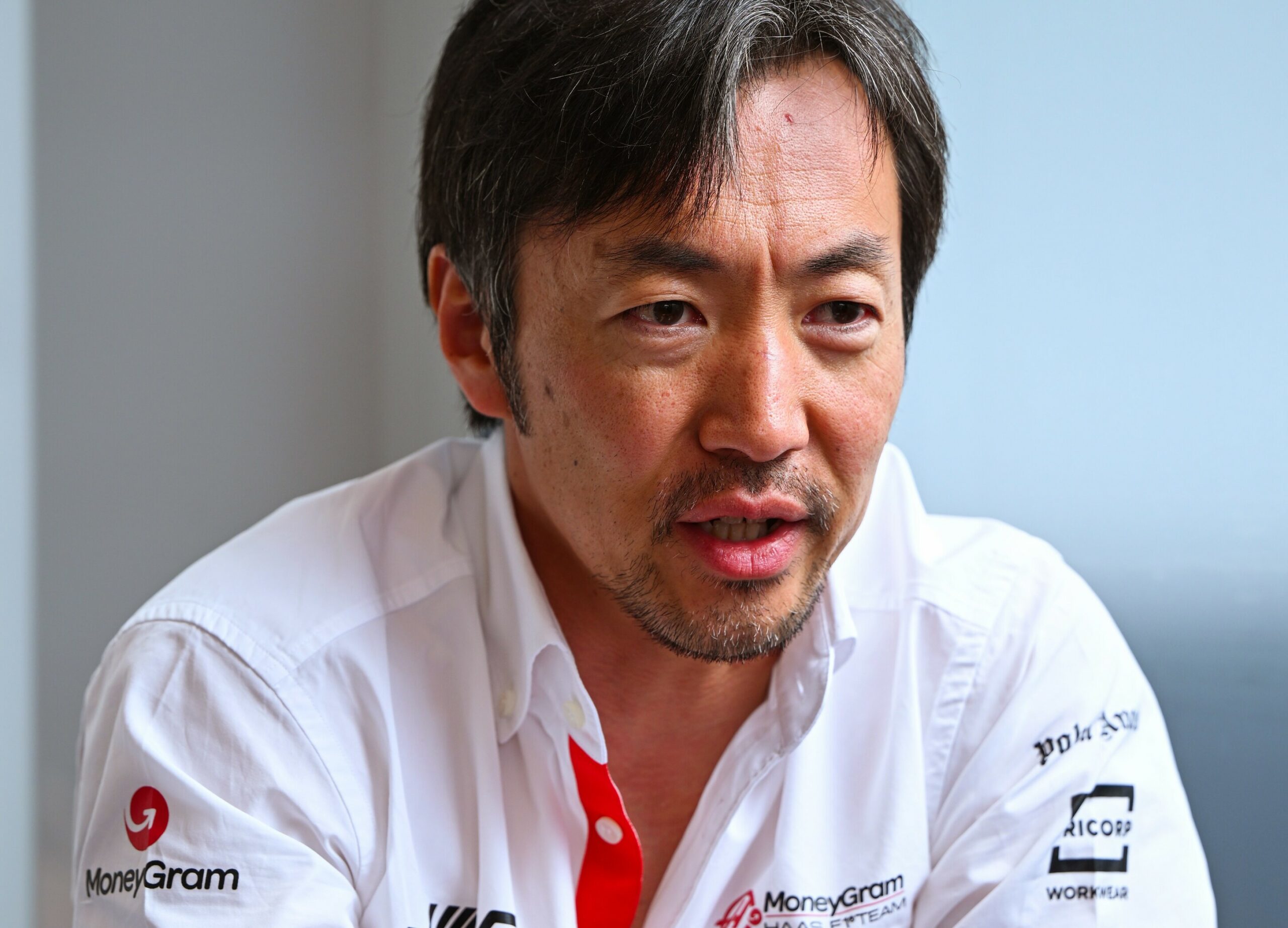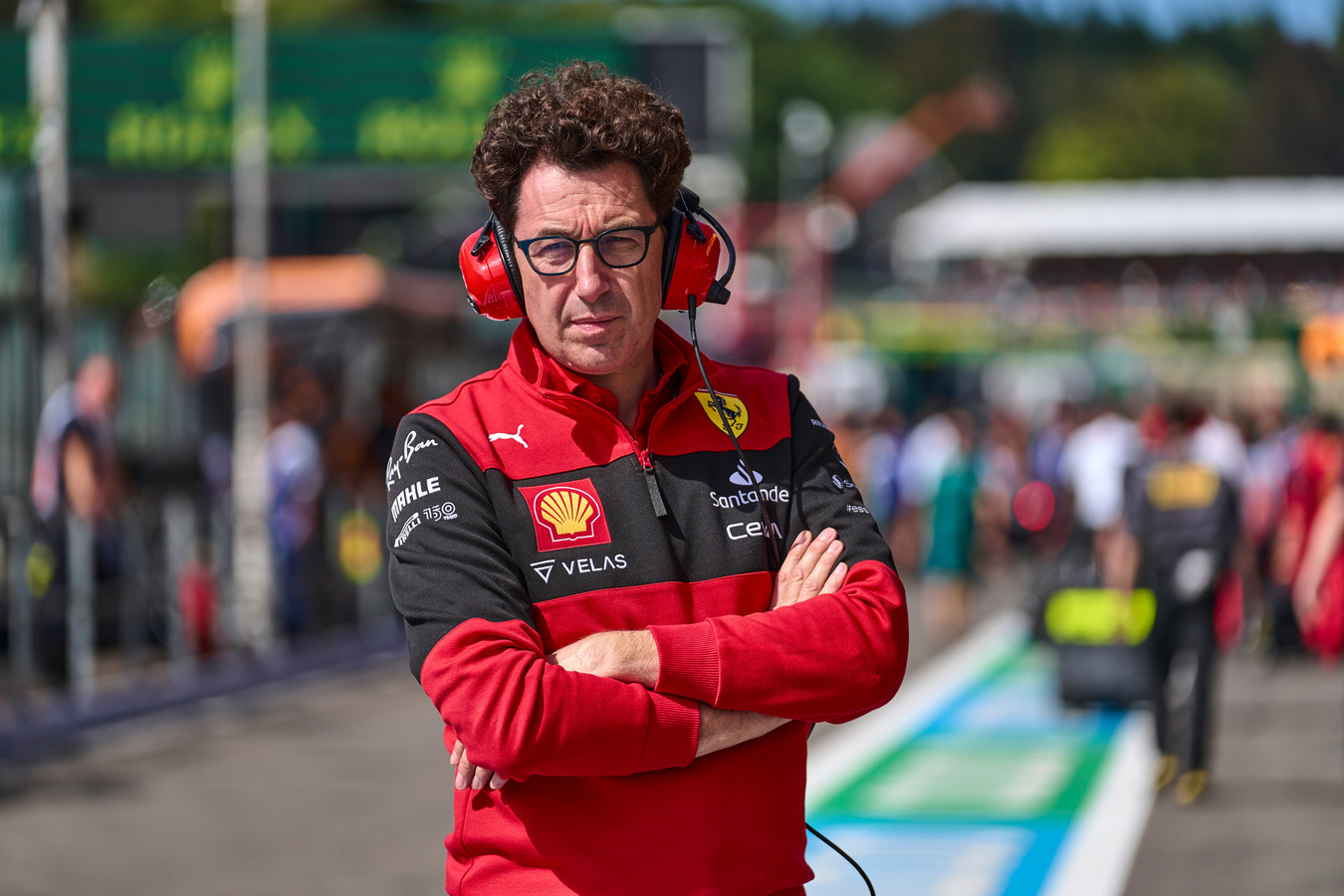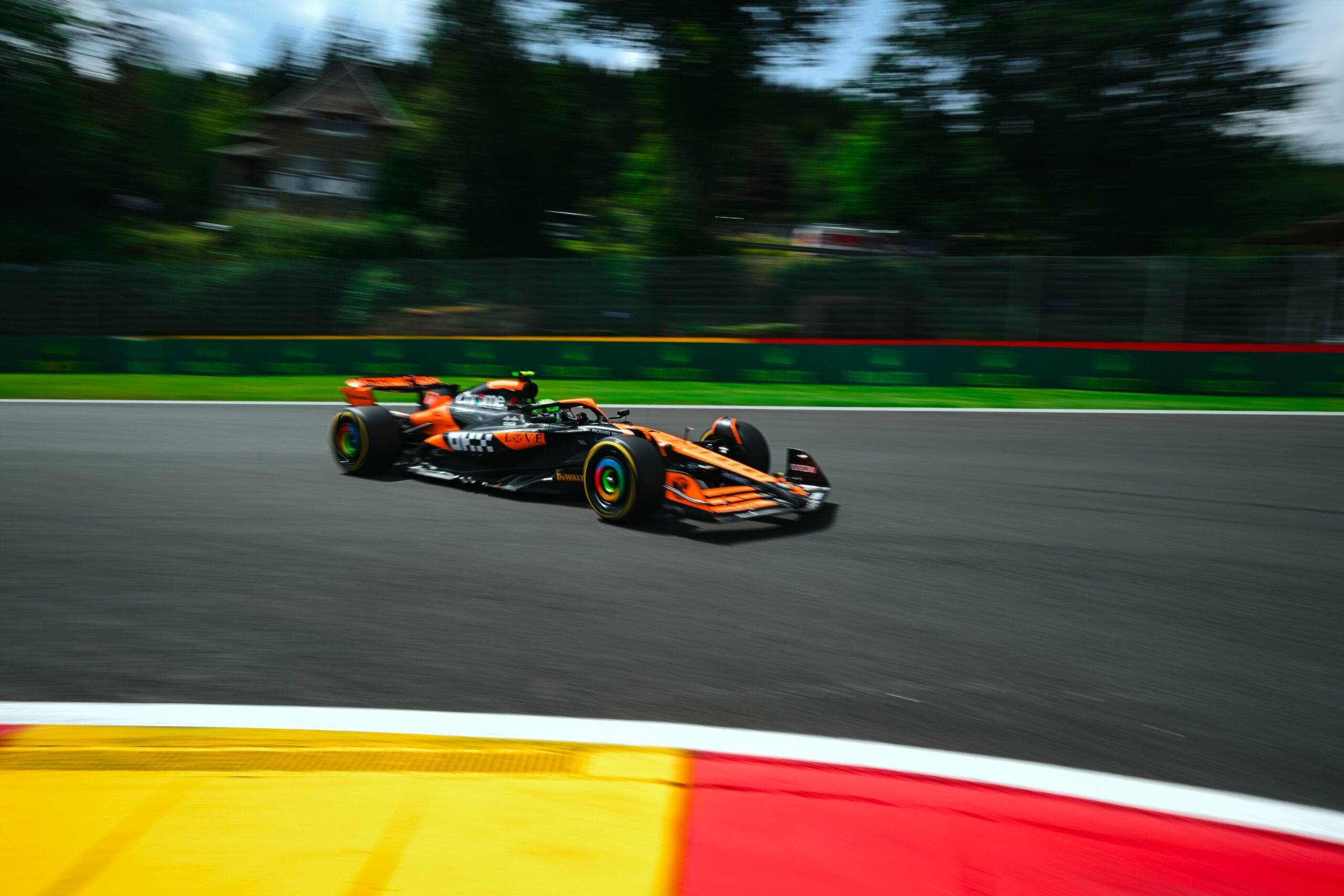
Photo Credit: Oracle Red Bull Racing
Sunday’s F1 Qatar Grand Prix was a mandated three-stop strategy. The reason for this was due to safety and the irony is that as the strategy meant drivers would drive flat-out throughout – their safety was very much at risk in the intense heat under the lights in Qatar as track temperatures never dropped below 36 degrees Celsius. Many drivers were seen physically exhausted and the comments heard post-race gave a worrying image of many disasters which were narrowly avoided.
Netflix tv series Drive to Survive is famously well-known for building up the drama and being somewhat creative with the truth. However, the drama which unfolded inside the cockpit for many drivers during Sunday’s Qatar Grand Prix is the perfect demonstration of the phrase that the truth is stranger than fiction. Due to intense heat, many drivers spoke of feeling ill, feeling faint and in the case of Esteban Ocon even vomited into his helmet during the race. The scenes of drivers flat out on the floor soon after crossing the finish line will live long in the memory and were a timely reminder that as incredible as modern F1 machinery is – there is still a human in the car. Today’s feature may leave a bad taste in your mouth seeing how what follows is a summary of the comments from drivers about the unforgiving and unacceptable conditions which they endured this past Sunday on track in Doha.
Esteban Ocon will surely be hitting headlines the most as the Frenchman revealed that he was “throwing up” in his helmet during Sunday’s F1 Qatar Grand Prix from as early as Lap 15. The viewing public became aware of this at the same time as his engineer as once he came home in P7, he was instructed to ‘get some fluids on board’ to which Ocon replied: “I didn’t tell you I’d thrown up by lap 15.” The Alipne driver expanded on this to the Sky Sports F1 cameras in the media pen later on.
“I was throwing up, yeah, on Lap 15 or 16,” Ocon explained. “On two laps, I think. I was like ‘s***, it’s going to be a long one!’”Ocon then went on to describe his coping mechanism for such a situation.
“I got it under control mentally. Tried to focus on what I had to do. I’ve never had that in the past. I’ve always been able to do two race distances in the car, that’s what I always train for.
“Today it was just the hot air, and how hot the engine is from behind the car. It must have been 80 degrees inside the car today. In a straight line, I was trying to catch some air with my hands to guide it into my helmet. The more I was breathing to get better into the corners, the more hot it was in the helmet. It was honestly horrible. The hardest ever four points on my side. I’m glad we maximised the result,” Ocon concluded.
Sunday’s intense heat resulted in a physically draining race for many: Logan Sargeant was forced to retire after suffering from intense dehydration – despite having attempted to continue. Meanwhile the tv cameras picked up on the fact that his teammate Alex Albon was seen struggling to get out of his car after the race and soon after it was announced that he had been treated for acute heat exposure.
George Russell, who is also a director of the Grand Prix Drivers’ Association, told media that he had felt like he was “close to fainting” as a result of the “absolutely brutal” conditions this past Sunday in Doha.
“It was an absolutely brutal race, by far the most physical I have ever experienced. I felt close to fainting,” Russell confessed. “I felt ill during this race. It was insane how hot it was. It was like you were inside an oven.”
Russell remarked on the fact that he does train in saunas on occasion and there were clear parallels.
“You push your body to the limit and you get to a point where it’s too hot and you’re like, ‘I want to get out.’ That was the feeling from about lap 12. There were points when I thought I was going to faint. It was unbelievable,”
Elsewhere on the grid, Charles Leclerc announced that the intense heat meant that the conditions were “on the limit”. Even the winner of Sunday’s Grand Prix, Max Verstappen, was keen to comment on the “extreme” conditions. Subsequently, he hopes to see F1 make changes in future. At least the the race is set to take place six weeks later in 2024 so the hope is that there will be no repeat of Sunday’s drama then.
Having seen drivers strewn across the floor in the minutes after crossing the line it was amazing – albeit somewhat concerning – to hear the new 3-time F1 Drivers’ Champion go on to explain how it was still not his toughest ever race.
“No, not my toughest. It was tough, hot. Of course, we expected that. This weekend was, in general, way too hot to drive. If we do this again we should bring this race later on in the year. When it’s 40 degrees during the day it’s a bit silly to be pushing like this. Especially with a forced three-stop, it’s almost like qualifying out there, pushing flat-out. It’s a bit extreme out there. When I was walking to the podium, they were laying out there!” Verstappen stated on the issue.
Also concerning was the fact that Lance Stroll revealed that he was “passing out” while driving and the consequences of that are too terrifying to write. As for his teammate, Fernando Alonso, the Spaniard had to suffer an extremely hot seat, semi-burn on his right hand side and requested water thrown into his cockpit at a pitstop — a request which was unable to be satisfied.
All this concluded with a postrace social media from Aston Martin which read ‘We’re pleased to report that everyone is ok after today’s #QuatarGP. Thank you for all your messages of support, team.’

Photo Credit: Aston Martin Aramco Cognizant F1 Team
Podium finisher Lando Norris also reflected on the situation post-race to media.
“Today we probably found the limit. Sad we had to find it that way with some people ending up in the medical centre or passing out. A pretty dangerous thing. On TV it probably doesn’t look that physical but when you have people who end up retiring it is too much; for the speeds we are doing it is too dangerous.
It’s something we need to speak about because it shouldn’t have happened in the first place.” said Norris.
Formula One has always been a physically draining sport which is why the competitors are athletes in every sense of the word.
Many F1 fans will surely recall the legendary 1991 Brazilian Grand Prix. On that day, with 10 laps to go, legendary racer Ayrton Senna realised his McLaren gearbox was breaking down. The issue was so bad that for the final seven laps he could only drive in sixth gear. Then with three laps remaining it rained! Despite all this, the Brazilian master managed to maintain the lead and finish as the victor. Completely exhausted and with the cheers of his home crowd all around him, Senna climbed on the podium at Interlagos with the Brazilian flag and was barely able to lift the trophy due to muscle spasms. The image is iconic and showed everyone what a driver is willing to go through in the pinnacle of motorsport.
However, Senna’s image is also well known for such a rare sight of exhaustion. What was seen on Sunday was experienced by far too many racers and one can imagine there will be a major fallout from it in the days ahead.
Drivers already put their health at risk when they enter the car as we all know that motorsport is dangerous. There is no need to add any extra undue risk which surely could have been avoided with better planning and foresight.





